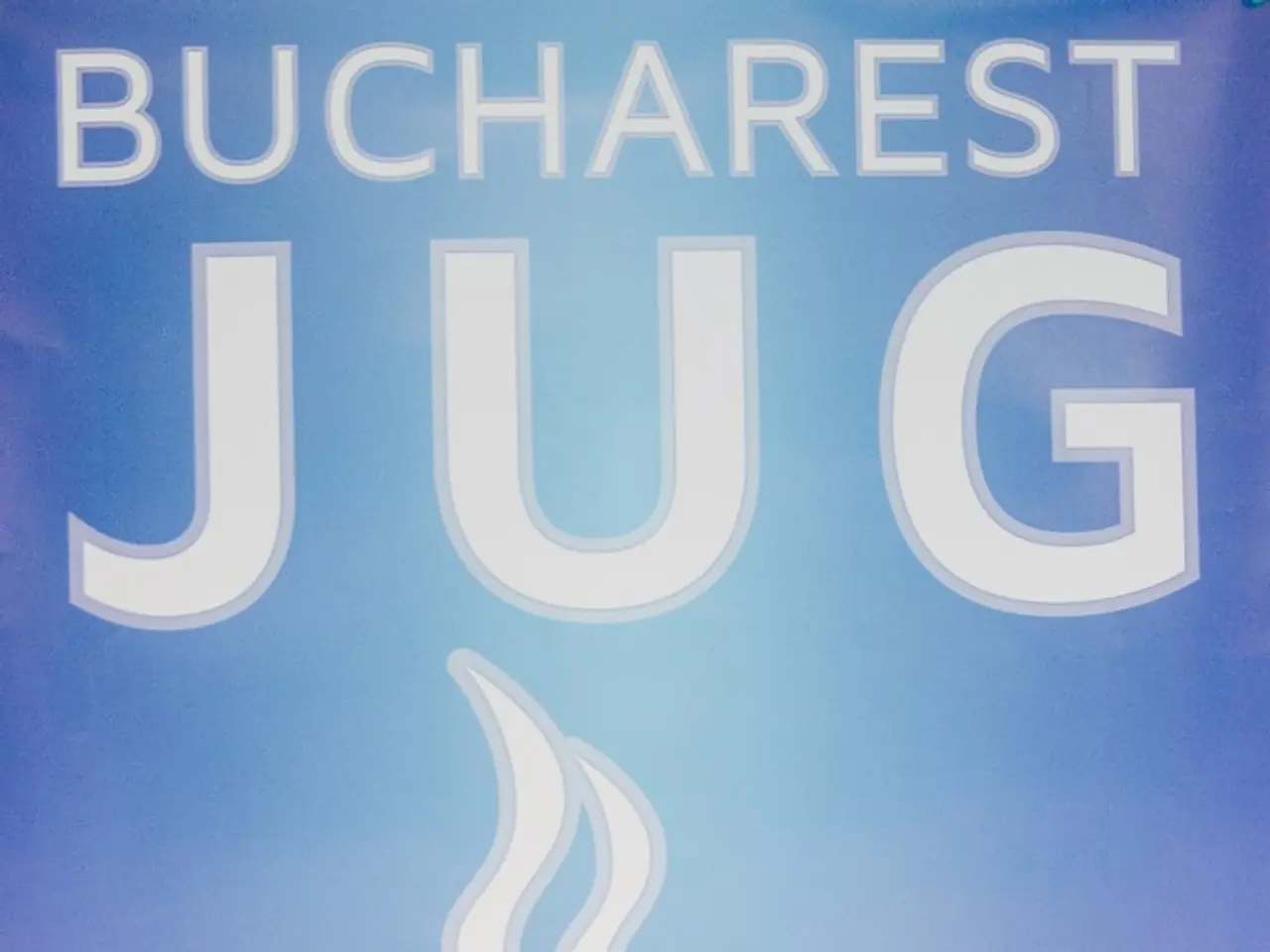Alteration of Tariff Regulations and their Effects on Trade Exchanges in Developing Countries
In recent years, the United States' tariff policies have been a significant factor in shaping global trade dynamics, particularly affecting the currencies of emerging markets.
When the US imposes tariffs on imports, it often leads to a strengthening of the US dollar as reduced demand for foreign goods decreases the need for foreign currency exchange. However, there have been exceptions, such as the unexpected 5% depreciation of the US dollar against major currencies following the April 2, 2025 tariff announcement, due to increased perceived risk in US assets.
Emerging market currencies respond variably to US tariffs, with some showing notable sensitivity. Latin American currencies, such as the Mexican peso and Brazilian real, and the South African rand have been directly impacted, with the rand falling over 1% in response to US tariff announcements.
The volatility in emerging market currencies is often tied to investor perceptions of how tariffs affect trade flows, commodity prices, and capital flows. Countries heavily reliant on exports to the US or integrated within US supply chains are more vulnerable to tariff shocks and currency depreciation.
Currencies most sensitive to US tariff changes tend to share certain characteristics. These include economies with large export sectors facing US tariffs (e.g., Mexico, Brazil), commodity exporters affected by tariff-related disruptions in demand (e.g., South Africa), and emerging markets integrated in global manufacturing and trade networks influenced by US policies (e.g., countries in Southeast Asia, Latin America).
The uncertainty over the enforcement and scope of tariffs also drives speculative currency movements. The threat of tariffs can have a larger market impact than actual tariff implementations, as seen with recent US tariff letters affecting BRICS countries and others, causing currency market caution even before tariffs take effect.
In summary, emerging market currencies respond to US tariff policies through trade-related demand and investor risk channels, with Latin American and commodity-exporting nations' currencies showing high sensitivity to tariff changes. A 10% tariff hike across all industry verticals in the US could lead to shifts in global trade and commerce flows, causing EM currencies to decrease their value against the dollar.
Emerging market investors need a tactical and strategic approach to mitigate the risks of US tariffs. Understanding revenue exposure is crucial for investors to reduce risks and seize opportunities in the face of US tariffs. Geopolitics is reshaping global trade wars, causing disruptions and uncertainty in global supply chains, and investors should be aware of how currency exchanges are affected by tariffs to stay informed about the evolving global trade landscape.
- Businesses that heavily rely on exports to the United States or are integrated within its supply chain may experience increased vulnerability to currency depreciation when the US imposes tariffs, as shown by the South African rand falling over 1% in response to US tariff announcements.
- The uncertainty over the enforcement and scope of tariffs drives speculative currency movements, indicating that even the threat of tariffs can have a larger market impact than actual tariff implementations, as seen with recent US tariff letters affecting BRICS countries and others, causing currency market caution before tariffs take effect in global finance.




